
Nila Baby Shop
You’ve made it through pregnancy, labor, and delivery, and now you’re ready to take your baby home and start a family. However, you may feel as if you have no idea what you’re doing after you get home! These pointers may quickly make even the most apprehensive first-time parents feel confident in their ability to care for a baby.
Seeking Assistance Shortly after Giving birth.
Consider seeking assistance during this hectic and difficult period. Speak with the specialists in the area while you’re in the hospital. Many hospitals employ lactation consultants or feeding experts who may assist you in starting to nurse or bottle-feed your baby. Nurses can also teach you how to carry properly, burp, change, and care for your baby. Hire a baby nurse, postpartum doula, or a respectable neighborhood adolescent to assist you for a short period after the delivery for in-home support. Your doctor or hospital may be able to provide you with information regarding in-home assistance and may refer you to home health organizations. Relatives and friends are frequently eager to assist. Don’t discount their experience just because you disagree with them on certain points. If you don’t feel up to receiving visitors or have other worries, don’t feel bad about imposing limits on them.
Taking Care of a Newborn
The fragility of infants might be daunting if you haven’t spent much time with them. Here are some fundamentals to keep in mind:
- Before touching your kid, wash your hands (or use hand sanitizer). Because newborns lack a robust immune system, they are susceptible to illness. Make sure everyone who comes into contact with your kid has clean hands.
- Support the head and neck of your child. Either carrying your infant, cradle the head and support the head when holding the baby upright, or laying your baby down.
- Never shake your infant, whether for fun or irritation. Shaking might result in brain hemorrhage and possibly death. If you need to wake your baby, tickle his feet or softly blow on his cheek instead of shaking him.
- Check that your kid is properly secured in the carrier, stroller, or car seat. Any activity that might be overly rough or bouncy should be avoided.
- Remember that your infant is not yet ready for rough play, such as being jiggled on the knee or flung in the air.
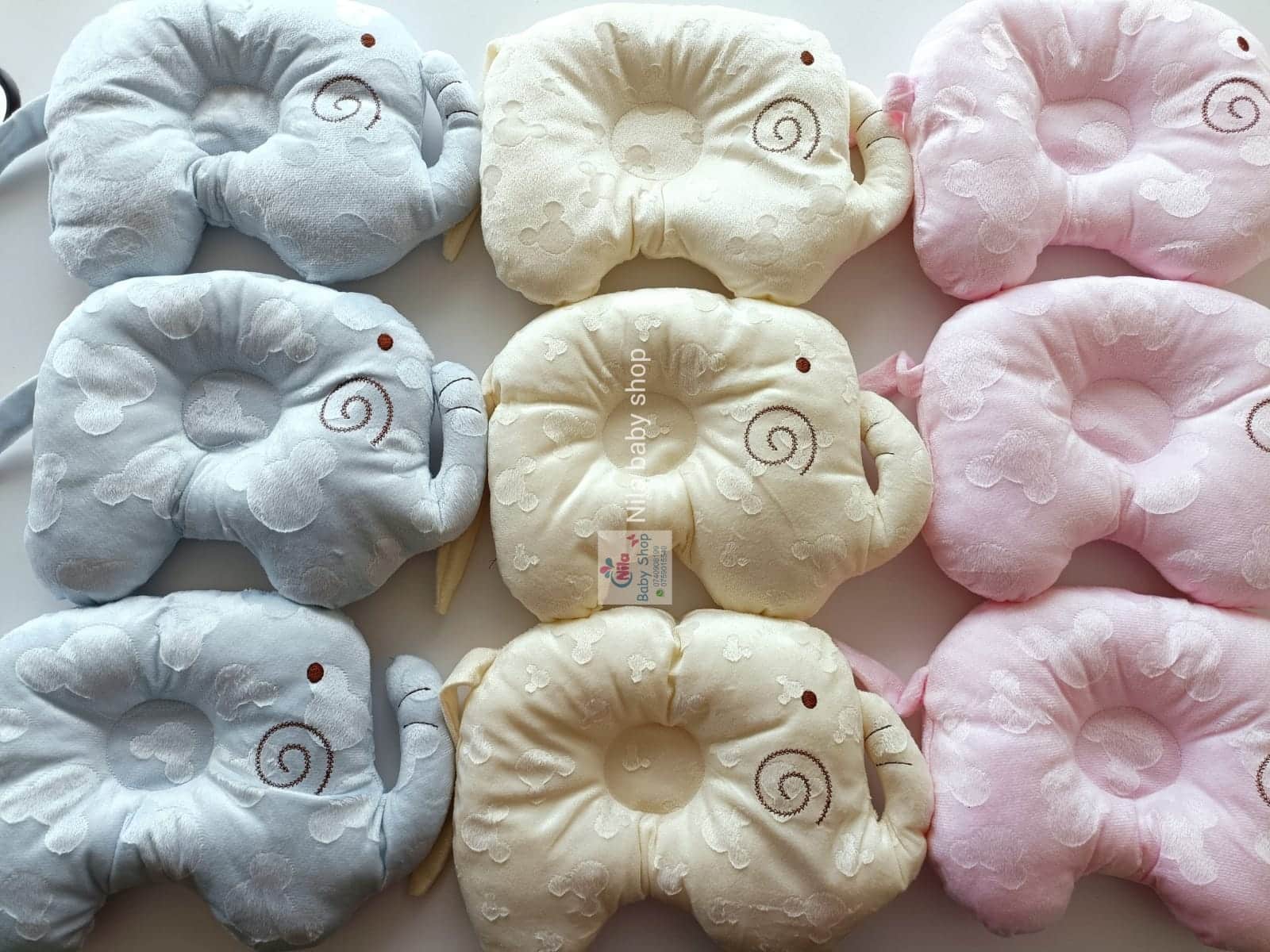
Soothing and bonding
Bonding, one of the most enjoyable aspects of newborn care, occurs during the critical period in the early hours and days following delivery when parents connect closely with their infant. Physical proximity may foster an emotional bond. Attachment helps newborns develop emotionally, which influences their development in other areas, such as physical growth. Bonding may also be considered “falling in love” with your infant. Children benefit from having a parent or other adult in their lives who unconditionally loves them. Begin connecting with your infant by holding them and softly caressing them in varied patterns. You and your spouse can also go “skin-to-skin,” holding your infant against your skin while feeding or cuddling. Infant massage may be beneficial to preterm newborns and those with medical issues. Certain massage techniques may improve bonding and aid in newborn growth and development. Ask your doctor for advice on books and videos on baby massage. However, remember that newborns are not as powerful as adults, so massage your baby gently.
Babies often like vocal noises like chatting, chattering, singing, and cooing. Your infant will most likely like listening to music as well. Baby rattles and musical mobiles are also excellent ways to develop your baby’s hearing. If your infant is fussy, try singing, reciting poetry and nursery rhymes, or reading aloud while gently swaying or rocking your baby in a rocker. Some newborns are extremely sensitive to touch, light, or sound and may startle and scream readily, sleep less than expected, or turn their faces away when spoken or sung. Keep noise and light levels low to moderate if this is the situation with your infant.
Swaddling is another calming method that first-time parents should master. It works effectively for certain newborns during their first few weeks. Swaddling properly keeps a baby’s arms close to the body while allowing for some leg mobility. Swaddling keeps a baby warm and gives most babies a sense of security and contentment. Swaddling may also assist in reducing the startle reaction, which can wake a newborn.
Here’s how you Swaddle a baby:
- Spread out the receiving blanket, with one corner gently folded over.
- Place the infant on the blanket, face-up, with their head above the folded corner.
- Wrap the left corner around the torso and tuck it under the baby’s back, passing under the right arm.
- Pull the bottom corner over the baby’s feet and toward the head, folding the cloth down if it goes too close to the face. Make cautious not to wrap the hips too tightly. Hips and knees should be turned out and slightly bent. Tightly wrapping your newborn may raise the risk of hip dysplasia.
- Tuck the right corner under the baby’s back on the left side, leaving only the baby’s neck and head exposed. To ensure that your infant is not too tightly wrapped, ensure you can slip a hand between the blanket and your baby’s chest, allowing for proper breathing. However, ensure the blanket is not so loose that it comes undone.
- Babies should not be swaddled beyond the age of two months. Some newborns can turn over when swaddled at this age, increasing their risk of sudden infant death syndrome (SIDS).

Diapering Is Everything
You’ll probably decide to use cloth or disposable diapers before bringing your kid home. Whatever you choose, your child will dirty diapers roughly ten times per day, or about 60 times per week. Make sure you have your materials ready before diapering your baby so you don’t have to leave your newborn alone on the changing table. You will require:
- a fresh diaper
- screws and bolts (if cloth prefold diapers are used)
- diaper lotion
- wipes for diapers (or a container of warm water and a clean washcloth or cotton balls)
Lay your baby on their back after each bowel movement, and remove the soiled diaper if the diaper is damp. Wipe your baby’s genital area clean with water, cotton balls, washcloths, or wipes. Remove a boy’s diaper with caution since exposure to air may induce him to urinate. To avoid a urinary tract infection, clean a girl’s bottom from front to back (UTI). Apply ointment to prevent or cure a rash. Always remember to wash your hands after changing a diaper fully. Diaper rash is a common source of worry. The rash is usually red and bumpy and will go away in a few days with warm showers, diaper cream, and some time out of the diaper. Most rashes occur because the baby’s skin is sensitive and irritated by the wet or poopy diaper.
Try the following strategies to prevent or cure diaper rash:
- Change your baby’s diaper often and as soon as they have a bowel movement.
- Clean the area gently with mild soap and water (wipes might be unpleasant sometimes), then apply a thick coating of diaper rash or “barrier” cream. Creams containing zinc oxide are popular because they build a moisture barrier.
- If you use cloth diapers, choose detergents free of dyes and fragrances.
- Allow the infant to nap for a portion of the day. This allows the skin to ventilate.
- If the diaper rash persists for more than three days or worsens, consult your doctor; it might be caused by a fungal infection that requires a prescription.
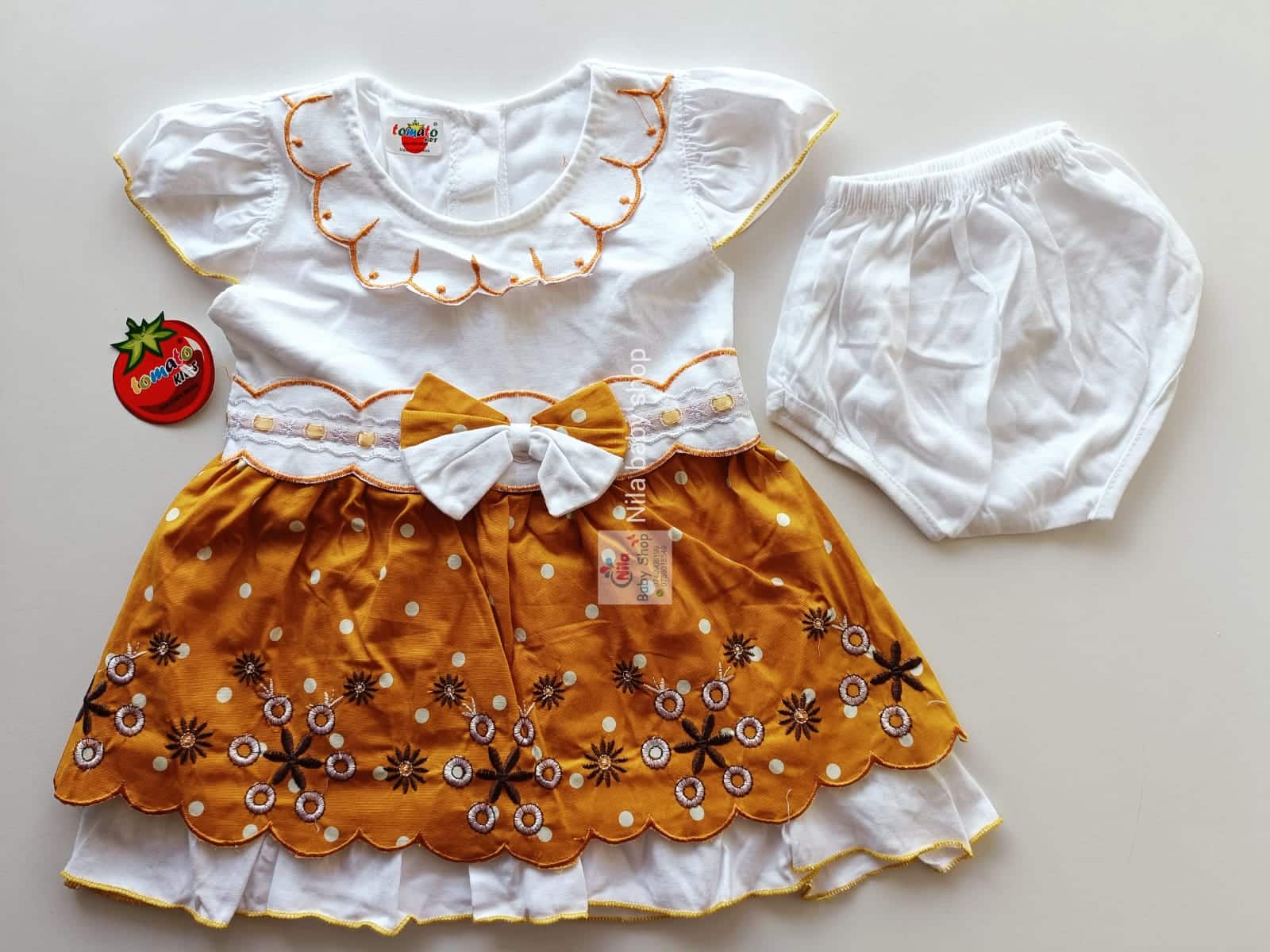
Bathing Fundamentals
It would help if you bathed your kid with a sponge until:
- The umbilical cord is removed, or the navel fully heals (1–4 weeks).
- The circumcision takes 1–2 weeks to recover.
A bath two or three times a week is sufficient in the first year. Bathing more often may be drying to the skin. Prepare the following materials before washing your baby:
- a clean, soft washcloth
- Baby shampoo and soap that is odorless.
- a gentle brush to massage the baby’s scalp
- blankets or towels
- a fresh diaper
- fresh clothing
Baths with sponges – Choose a safe, level surface (such as a changing table, floor, or counter) in a warm area for a sponge wash. Fill a nearby sink or dish with warm (not hot!) water. Remove your baby’s clothing and cover them in a towel. Wipe your infant’s eyes using a wet washcloth (or a clean cotton ball), beginning with one eye and wiping from the inner corner to the outer corner. Use a clean corner of the washcloth or another cotton ball to wipe the second eye. With a moist washcloth, clean your baby’s nose and ears. Then, moisten the towel and gently wash and dry their face with soap.
Next, make a lather with baby shampoo and gently wash and rinse your baby’s head. Wash the remainder of the infant carefully with a moist cloth and soap, giving specific attention to wrinkles under the arms, behind the ears, around the neck, and in the genital area. After cleaning those areas, ensure they’re dry before diapering and dressing your infant.
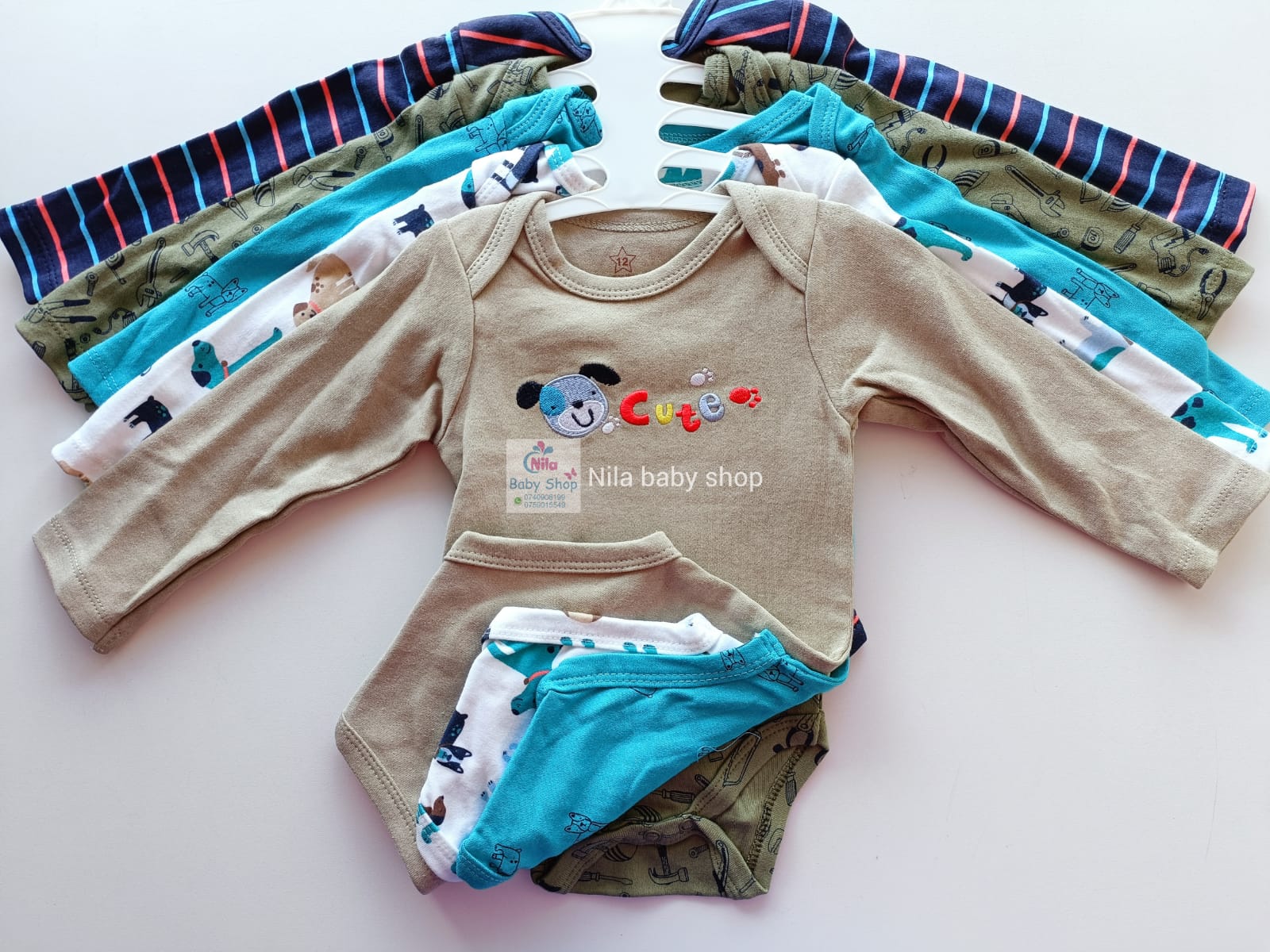
Bathtubs – When your infant is ready, the first tub baths should be mild and quick. If they become agitated, return to sponge baths for a week or two before attempting the bath again. In addition to the items above, you’ll need a baby tub filled with 2 to 3 inches warm — not hot! — water (to test the water temperature, feel the water inside your elbow or wrist). An infant tub is a plastic tub that fits in the bathtub; it is a better size for babies and makes bathing more manageable. To avoid chills, undress your infant and quickly set them in the water in a warm environment. Check that the water in the tub is no deeper than 2 to 3 inches and no longer flowing. Use one hand to hold the baby’s head and the other to guide the infant in feet-first. Gently drop your kid into the tub while speaking softly.
Wash their face and hair with a washcloth. Massage your baby’s scalp gently using your fingers or a soft baby hairbrush, paying special attention to the soft areas on the top of the head. When rinsing your baby’s head with soap or shampoo, cup your palm across the forehead to direct the suds to the sides and keep soap out of the eyes. Using water and a tiny quantity of soap, gently wash the remainder of your baby’s body. Throughout the bath, gently pour water over your baby’s body to keep them from becoming chilly. Wrap your infant in a towel right after the bath, be careful to cover their head. Hooded baby towels are ideal for keeping a newly bathed infant warm. Never leave your kid unattended when bathing. Wrap the infant in a towel and take them with you if you need to leave the restroom.
Circumcision and the Care of the Umbilical Cord
To avoid the wound from adhering to the diaper, the tip of the penis is frequently wrapped with gauze soaked with petroleum jelly right after circumcision. After a diaper change, gently wipe the tip clean with warm water, then add petroleum jelly to the tip to keep it from sticking to the diaper. Redness or irritation of the penis should go away in a few days, but if the redness or swelling persists or pus-filled blisters develop, infection is likely. You should contact your baby’s doctor immediately. It’s also crucial to look after a newborn’s umbilical cord. Some physicians prescribe rubbing alcohol swabbing until the cord stump dries out and comes off, normally taking 3 to 10 weeks, while others advise leaving the region alone. Talk to them to find out what your child’s pediatrician likes. The navel area of a newborn should not be immersed in water until the cord stump has fallen off and the wound has healed. The cord stump will change color from yellow to brown or black until it comes off, which is typical. Contact your doctor if the navel region becomes red or a foul odor or discharge occurs.
Your Baby’s Feeding and Burping
Whether breastfeeding or bottle-feeding your baby, you may be unsure how often to feed them. Newborns should be fed on demand – anytime they appear hungry. Your infant may signal you by wailing, placing their fingers in their mouth, or sucking sounds. Every 2 to 3 hours, a newborn baby should be fed. Allow your infant to nurse for 10–15 minutes at each breast if you’re breastfeeding. If you’re using the formula, your baby will probably drink approximately 2–3 ounces (60–90 milliliters) per feeding. To ensure that they get enough to feed, some infants may need to be woken every several hours. If you need to wake your infant frequently or your baby isn’t interested in feeding or sucking, contact your baby’s doctor. If formula-feeding, it’s simple to see if your kid is receiving enough to eat, but if you’re nursing, it’s a bit more difficult. Your baby is probably eating enough if they appear satisfied, has around six wet diapers and many stools each day, sleeps well, and gains weight consistently.
Another method to know if your baby is getting milk is to note if your breasts feel full before feeding and then empty afterward. Talk to your doctor if you’re worried about your child’s growth or eating schedule. During feedings, babies frequently swallow air, which can make them irritable. Burp your infant frequently to help avoid this. If you’re bottle-feeding, burp your infant after 2–3 ounces (60–90 milliliters) every time you switch breasts if you’re breastfeeding. If your infant is gassy, has gastroesophageal reflux, or appears irritable while eating, burp them after every ounce of bottle-feeding or every 5 minutes of nursing.
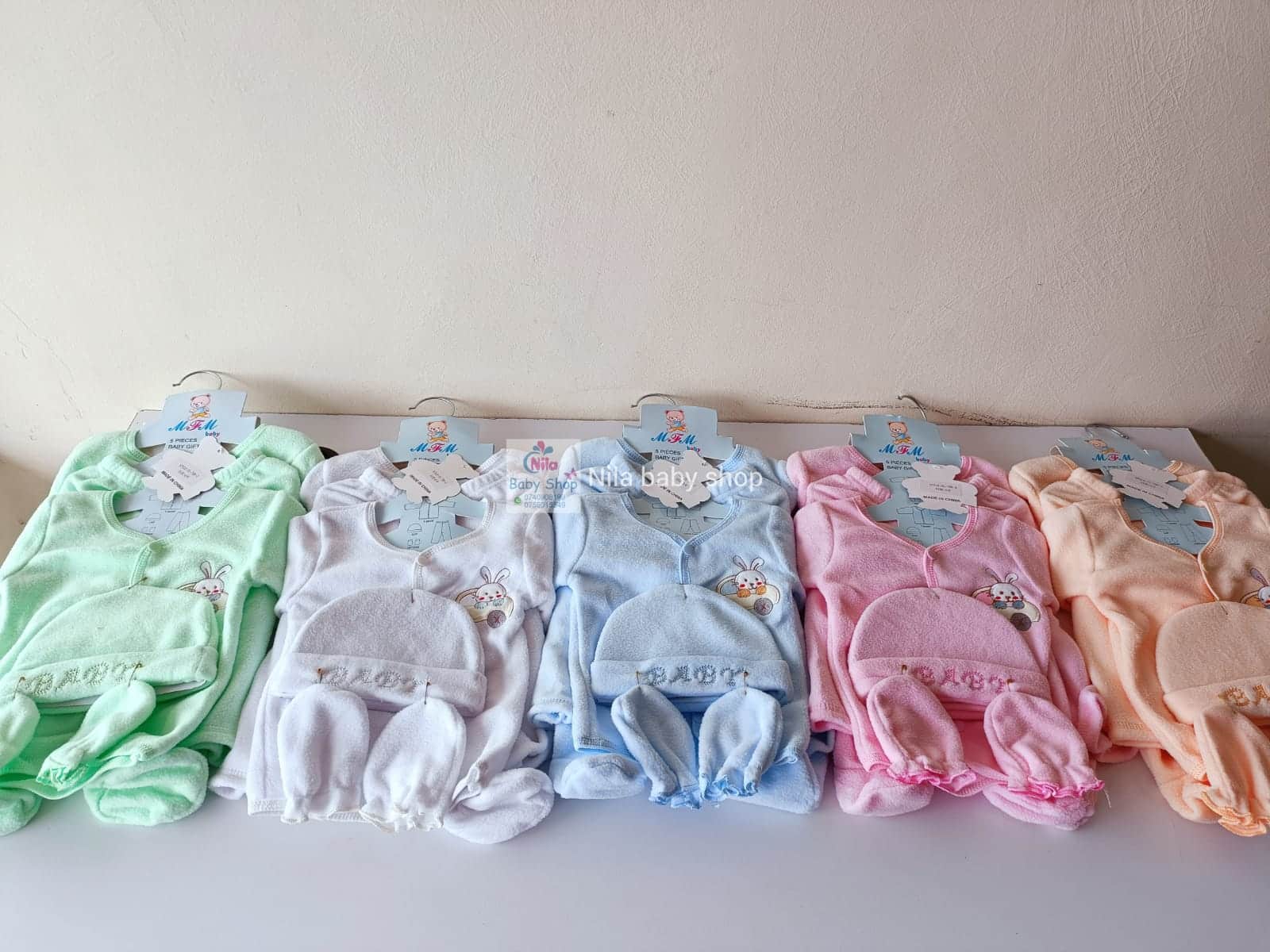
Here are some helpful hints about burping:
- Hold your infant on your shoulder with their head erect. Support your baby’s head and back with one hand while rubbing his back softly.
- Place your child on your lap. With one hand, support your baby’s chest and head by cradling his chin in the palm of your hand and resting the heel of your hand on his chest (be cautious about grabbing his chin, not his throat). Gently stroke your baby’s back with the other hand.
- Place your infant on your lap, face down. Support your baby’s head by gently patting it or her back, ensuring it is higher than their chest.
If your infant doesn’t burp after a few minutes, alter the baby’s position and attempt burping again before feeding. When feeding time is finished, burp your baby and keep them upright for at least 10–15 minutes to avoid spitting up.
Basics of Sleeping
As a new parent, you may be astonished to hear that your infant, who appears to require your attention at all times of the day, sleeps for 16 hours or more! Newborns usually sleep for 2–4 hours at a time. Expect your baby to wake up every few hours if they haven’t been fed for four hours. Babies’ digestive systems are so small that they require sustenance every few hours (or more often if your doctor is concerned about weight gain). When will your infant be able to sleep through the night? At three months, most infants sleep through the night (between 6–8 hours), but if yours doesn’t, don’t worry. Babies, like adults, must establish their sleep habits and cycles, so don’t be discouraged if your infant is gaining weight and seems healthy but hasn’t slept through the night at three months. Always lay newborns on their backs when sleeping to lessen the risk of SIDS. Other safe sleeping habits include not putting blankets, quilts, sheepskins, plush animals, or pillows in the crib or bassinet and sharing a bedroom (but not a bed) with the parents for the first six months to a year.
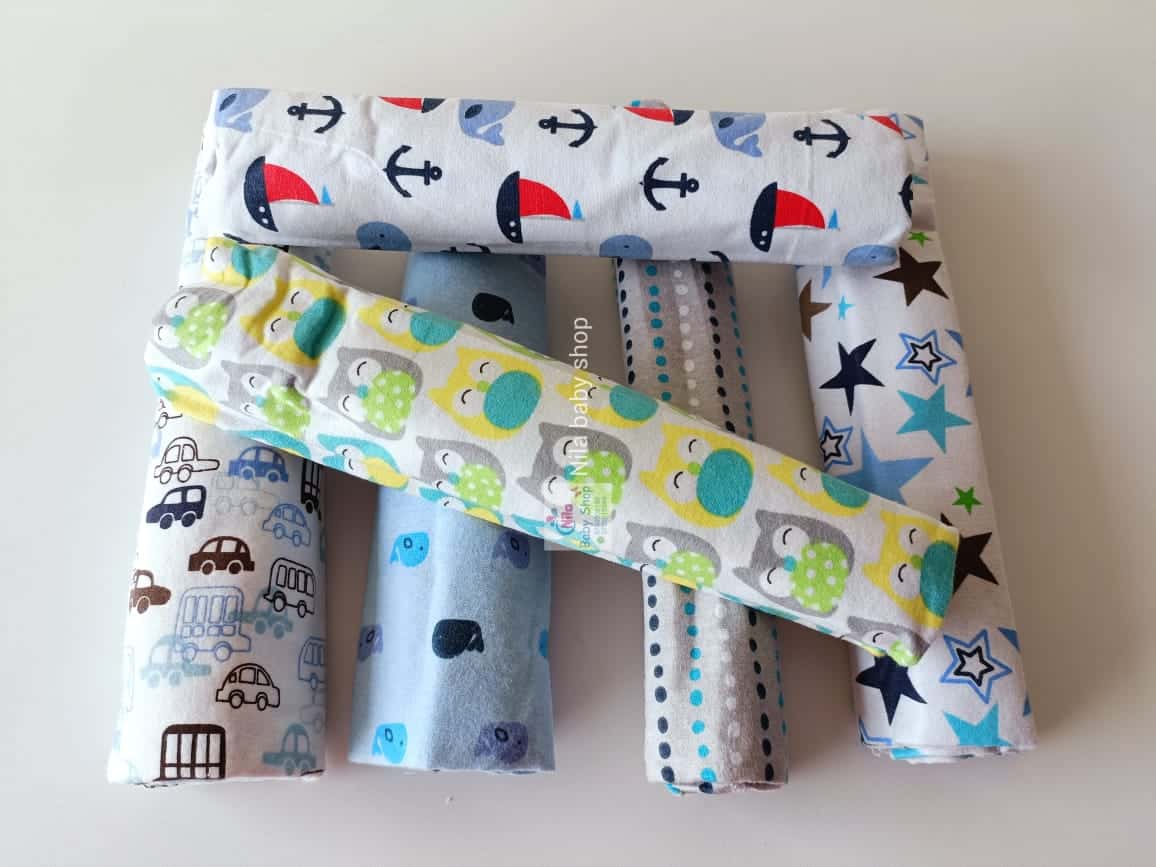
To avoid forming a flat area on one side of the head, vary the position of your baby’s head from night to night (first right, then left, and so on). The days and nights of many babies are “mixed up.” At night, they are more awake and aware, while they are more tired during the day. Keeping stimulus to a bare minimum at night is one method to assist them. Reduce the room’s light, for example, by using a nightlight. Talking and playing with your infant should be done during the day. Converse and play with your kid to keep them awake a bit longer when they are up throughout the day. Even if you’re nervous about handling a baby, you’ll create a routine and be parenting like an expert in weeks! If you have any worries or questions, contact your doctor for services that might assist you and your baby grow together.
Written by Nila Baby Shop
Best Baby and Mother Products Store. Our main objective is to provide an exceptional online shopping experience, home delivery, and prompt customer service.
Leave a Reply